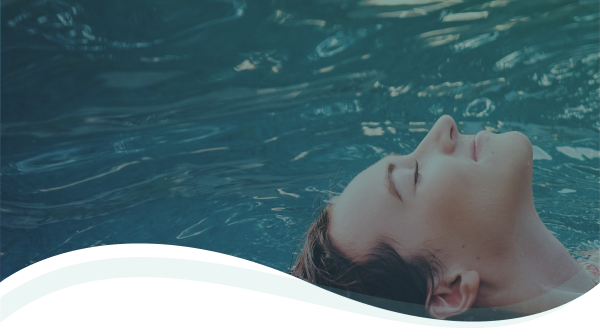Self-care to support runners
Lots of people experience injuries, aches and pains when building up their running, especially for a big event like a marathon. While it's always important to speak to a specialist and not to self diagnose, here we look at some common running complaints and spa ways that might help address them.
Read full post